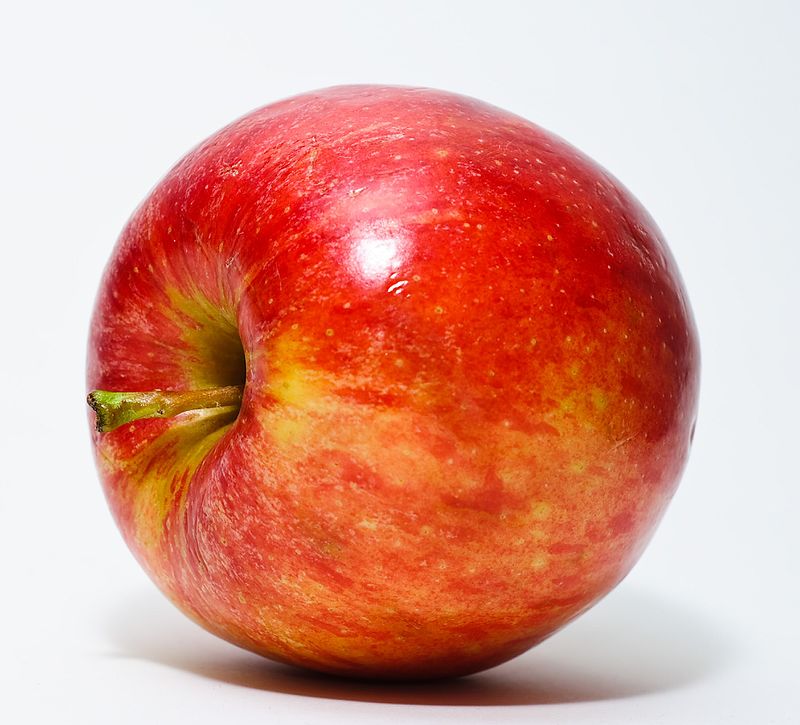Friendly foods that should have a skull & crossbones warning label on them

Most of the time we do not have any need to be anxious about what we eat and that the vast majority of vegetables and fruit safe. But from time to time people unintentionally kill themselves by unsuspectingly eating the incorrect part of a plant. You will be surprised that even the humble apple has a dark side and is in the list below:
Mushrooms
We have all picked up that toadstools are poisonous, but what numerous people do not recognize is that a toadstool is really a mushroom, not a different kind of plant. Toadstool is jargon for “toxic mushroom”. Although there are certain valuable signs that a mushroom is toxic, they are not constant, and all mushrooms of unidentified origin have to be considered hazardous to eat.
Certain of the things you could look for to attempt to decide whether a mushroom is toxic should be if it has a flat cap with no bumps on it, it should have black or pink gills (toxic mushrooms usually have white gills), and the gills must remain attached to the cap (not located on the stalk), if you try to remove it. Remember though, even if this is usually true for countless kinds of mushrooms, does not mean that it is always factual.
Pufferfish
A few days ago we saw a list of awkward deaths, one of which was by consumption of the liver of a fugu (pufferfish). The fugu is so toxic that in Japan, fugu sous-chefs are qualified particularly for the job, and are tested before they are given certificates of preparation.
The training often takes two or three years. In order to pass, the sous-chef must take a written test, and then give a demo of his cutting skills. The closing part of the exam includes the sous-chef consuming the bits of fugu that he has cut. Only 30% of novices pass the examination, the other 70% didn’t die but they failed in other parts of the exam.
Fugu is the only food legitimately prohibited for the Emperor of Japan to consume, and it’s for his security.
Castor Oil
Castor oil, the bane of our childhoods, is frequently added to candies, and additional foods. Besides, several people still guzzle a small quantity daily or force it on their reluctant children. Luckily the castor oil we purchase is safe, for the reason that the castor bean is so lethal, it takes just solitary bean to kill a human, and four to destroy a horse. The toxic is ricin, which is so toxic to labors that bring together the seeds have severe protection guidelines to avert unintentional death. Regardless of this, several people employed in the fields collecting the seeds can have awful side-effects.
Almonds
Almonds are one of the most useful, and delightful of seeds (it is actually not a nut). It has a distinctive taste, and its outstanding suitability for usage in food preparation has helped become one of the most infamous components in the kitchens for eras.
The most flavorsome almonds are bitter almonds (as contrasting to “sweetened” almonds). They have the stoutest aroma and are the most widely held in countless countries. But there is a single problem: they are jam-packed with cyanide. Before ingesting, bitter almonds have to be processed to eliminate the toxins. Regardless of this requirement, a number of countries create the sale of bitter almonds prohibited (New Zealand is one). As a substitute, you can have a pip from an apricot stone; it has a similar taste and toxin content. Heating abolishes the toxin. In fact, you might not recognize that it is now banned in the USA to sell raw almonds, now all almonds that are sold are heat treated to get rid of traces of the toxins and bacteria.
Cherries
Cherries are a very prevalent fruit, which are used in liqueur creation, cooking, and are even eaten raw. They came from the families of peaches, apricots, and plums. All of these fruits comprise of highly toxic chemicals in their seeds and leaves. Almonds are also and associate of the same family, but are only harvested particularly for its seeds. As soon as the seeds of the cherries are chewed, crushed or even to some extent injured, they can create a prussic acid (hydrogen cyanide).
Apples
Apple seeds are very frequently eaten unintentionally, but you would essentially have to chew and devour an equitably high amount to get ill. There are not sufficient sum of seeds in one apple to kill you, but it is undeniably conceivable to eat adequate of an amount to die – they contain cyanide!
Rhubarb
The stems are edible, and the roots have been used in excess of 5,000 years as a laxative, and as well an softener.
Potatoes
Potatoes have been in our history books from the time when of their introduction to Europe in the 16th period. Potatoes have toxins in the leaves and stems; even in the potato itself if left to go green (the green is due to an extraordinary absorption of the glycoalkaloid toxin). Potato poisoning is sporadic, but it does occur from time to time. Death usually comes after a time of faintness, followed by a coma. The common cases of death by potato in the previous fifty years in the USA have has been by consuming green potatoes or in taking the potato leaf tea.
